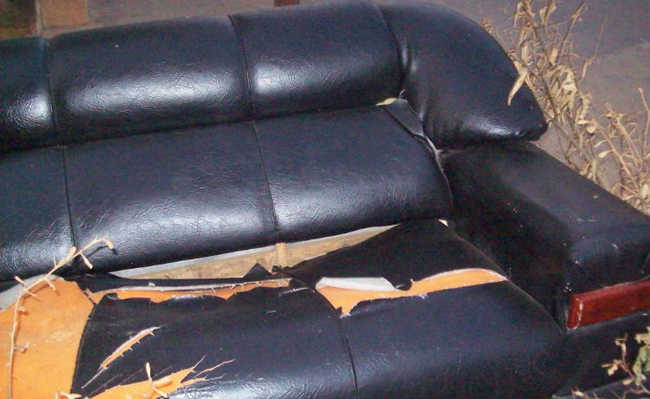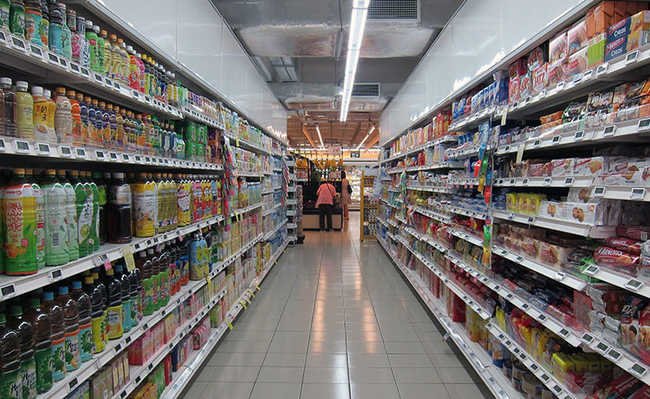Walkability: understand what walkability is
Did you know that the way your city is planned influences the choice of your means of transportation?

Illustration by Chantel Declerk
The excess of cars on the streets causes several negative impacts on the environment, on the population's health and on the functionality of cities. Even so, many urban centers are planned with the car as the "big star". The concept of walkability , or walkability, in Portuguese, proposes a more sustainable city model: focused on people and the ease of walking through the urban environment.
After all, if you think about it, a large part of the planet's population doesn't use a car every day! The streets are not exclusively for private cars: they are also made for non-motorized vehicles such as bicycles and, above all, for public transport. In addition, the sidewalk is part of the street, and should allow people to move around the city in comfort.
What is walkability, walkability?
The excessive use of cars creates a large ecological footprint and compromises many urban qualities, including the walkability (English term used to define the accessibility of a place for those who walk; something like walkability or walkability). In order to improve environmental quality, reduce polluting emissions and save energy, it is essential that cities are no longer designed for cars and begin to focus on people and needs related to safety, mobility and leisure. Measures that improve the integration of public transport and pedestrian access to sites tend to encourage a reduction in car use.
Walking is a basic human activity. Cities must be designed so that this practice is easy and enjoyable. This paradigm has been studied since the end of the 1980s and is fundamental for the change towards more sustainable and humane cities. The so-called New Urbanism contemplates this among other issues for the recovery of the quality of life and a better relationship between man and the city.
Circling with comfort and safety on foot and by bicycle is a right. Urban mobility is essential for more democratic and less exclusive cities. All pedestrians, including children, the elderly, people with mobility or vision difficulties, must have their mobility in the city guaranteed.
In January 2012, Dilma Rousseff sanctioned Law 12,587, which institutes the National Policy on Urban Mobility (PNMU). The policy aims to integrate the different modes of transport and improve accessibility and mobility.
In accordance with the principles of the new urbanism, it is essential to reconquer the street as a meeting place, being and coexistence for pedestrians. The idea is to transform the city into a convivial place where pedestrians are the priority. Renovating and rebuilding the sidewalks, lighting them, widening them and making them accessible to wheelchair users, the elderly and children, is to walk towards a more humane city.
Check out a little more about walkability in the video by urban planner Robert Voigt on the subject.
Strategies in urban design

Several factors indicate the walkability of a street, such as: width and quality of sidewalks, afforestation, lighting, perception of safety, urban furniture, signage (crosswalks, traffic lights), presence of cycling infrastructure, presence of urban equipment and systems (sanitation, mobility), surveillance institutional, integration of public transport systems, etc.
The US Department of Transportation has a manual, available in PDF, on pedestrian traffic infrastructure. It's called "Pedestrian Facilities Guidelines: providing safety and mobility" (something like "Guidelines for Pedestrian Facilities: Providing Safety and Mobility", in free translation). The publication addresses several essential questions about urban design and presents some useful tools for remodeling urban space, including:
- Pedestrian infrastructure design: sidewalk design, flowerbeds, intersections, etc.;
- Road design: guidelines on how streets can be designed to prioritize pedestrian traffic (for example: inserting cycle lanes, making them narrower, improving garage access, etc.);
- Intersection design: includes dead-end streets and barriers positioned at intersections in order to prevent certain driver conversions;
- Decrease in traffic: induce drivers to drive more slowly, using mechanisms such as islands or elevated crossings for pedestrian crossings, the use of flowerbeds to reduce the width of the lanes at some points and the use of curved lanes;
- Traffic management: total or partial closure of roads, adoption of sidewalks, etc.;
- Signage: including traffic lights (with their synchronization to induce traffic speed) and signs designed to guide pedestrians.
To design more welcoming places, it is important to think about the redistribution of public space, which often means restricting car space. Planting more trees, building more sidewalks and bike paths and establishing new leisure zones are also tools that have an impact on less road congestion and on encouraging the use of sustainable means of transport, such as hiking and cycling.
Around the world, several cities have adopted urbanistic measures that prioritize the pedestrian and improve the quality of life in the place. The Urb-i collective gallery shows several examples of cities, with images from Google Street View before and after interventions, which allow observing changes in urban space and the relevance of these measures.
One of the options adopted around the world are squares for permanent pedestrians, where cars do not enter and there is a strong role for landscaping. Another possibility is the naked streets, or bare streets, where cars, pedestrians and bicycles share the same space. This option is recommended for places with little flow, where the pace is dictated by pedestrians, forcing others to move more slowly. But don't think that only large urban interventions are able to have a positive impact on the walkability of a location. The simple improvement of sidewalks already influences both the look and the use of spaces.
Despite being positive for the quality of life in the city, measures such as closing roads built for cars and converting them into walking areas are still controversial in Brazil. In São Paulo, for example, the decision to prohibit the circulation of cars on Avenida Paulista on Sundays divides the opinion of São Paulo residents; 47% of respondents are in favor and 43% against, according to a Datafolha survey. The result is a little different when only the residents of the region were consulted: in a survey carried out by the same agency, 61% declared themselves in favor of the closure and 35% against.
All these measures have the potential to make the city more human and democratic. In addition, they give breath to small businessmen and merchants whose clientele can get around on foot.
But, without a doubt, one of the greatest benefits is the improvement in the population's health. These measures provide the reduction of harmful emissions with the use of alternative transport, in addition to encouraging physical activity.
A humanist, social, public and collective urbanism is a political tool to fight against the reckless consumption of resources and move towards a more sustainable development.









